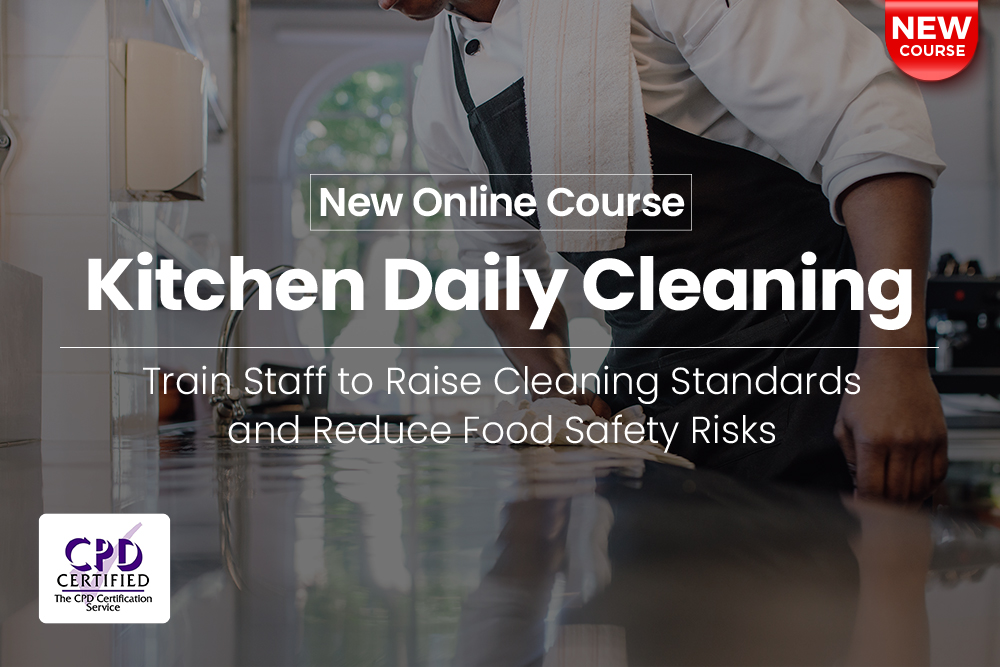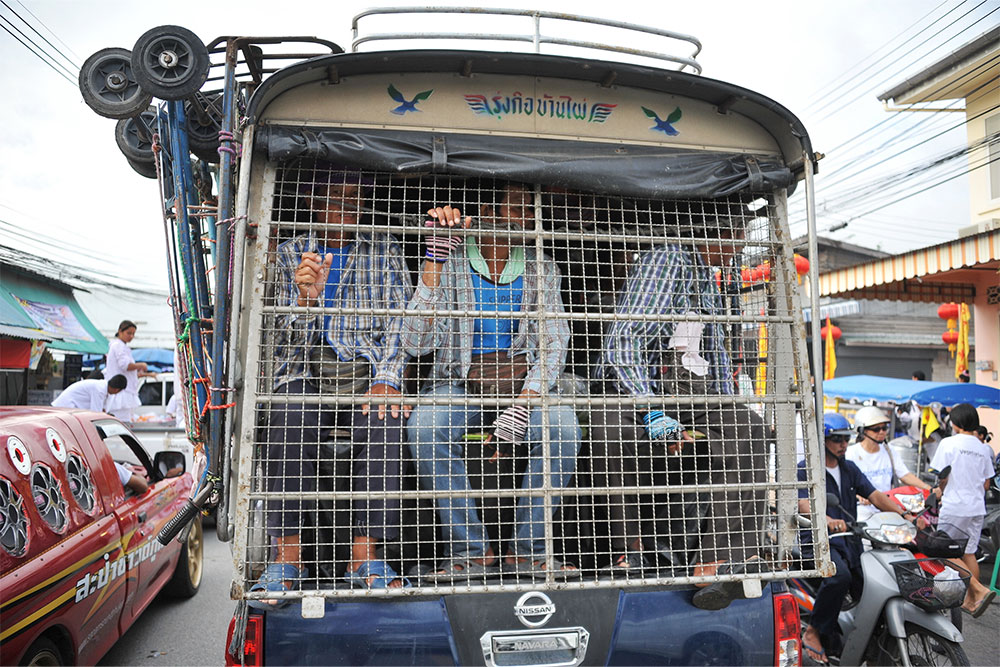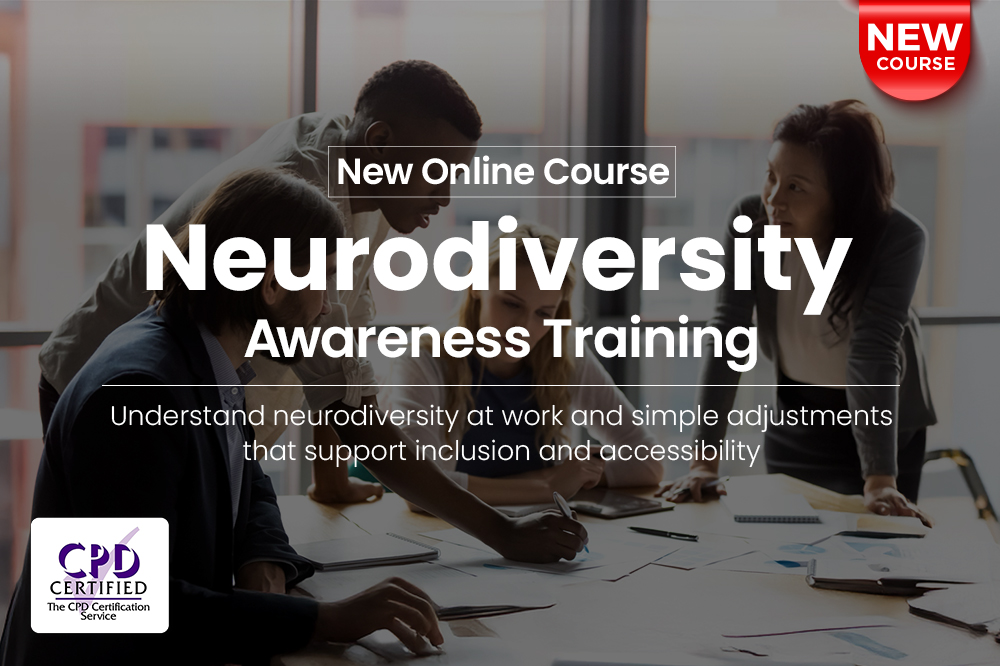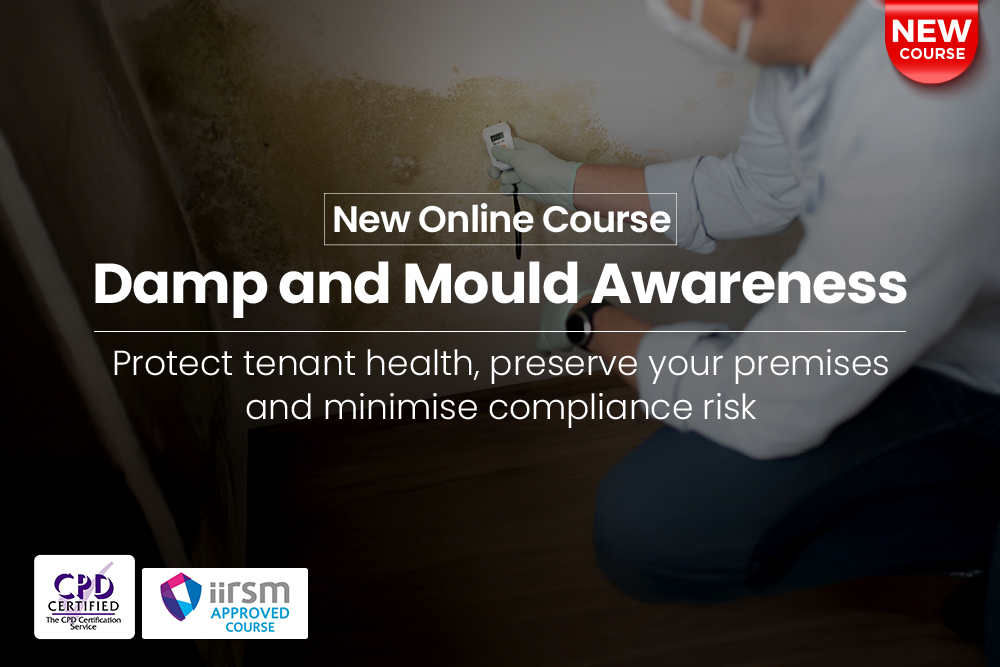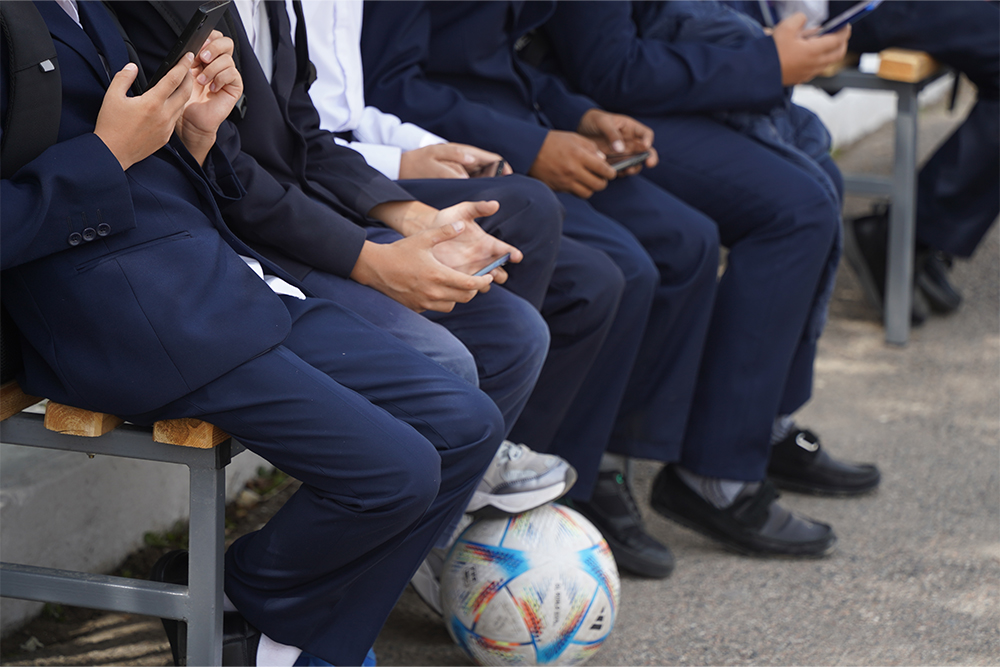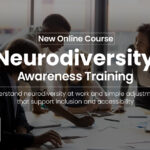
Every person in the UK has the right to live and work without fear of harm, abuse or neglect regardless of their gender, religion, ethnicity, social standing, physical abilities or age.
To protect the human rights, health and wellbeing of its most at-risk citizens, the UK has introduced and developed a range of safeguarding legislation and guidelines. The concept of safeguarding applies to all policies, procedures and processes that protect the safety of vulnerable adults and children.
Anyone who works in an industry or organisation that deals with at-risk adults and children should have an in-depth understanding of safeguarding principles and regulations. This article aims to provide a detailed overview of general safeguarding concepts and definitions for adults and children. We will also look at the relevant safeguarding legislation in the UK and common safeguarding policies used by organisations and businesses.
What is Safeguarding?
The term safeguarding is used in the UK to describe any action taken to promote the welfare and ensure the safety of adults and children who may be at risk of abuse, neglect or exploitation.
Whether they are in the public sector, a private enterprise or a not-for-profit entity, all organisations or businesses in the UK have a responsibility to safeguard the physical and mental health and wellbeing of the adults and children in their care.
Safeguarding policies and procedures are crucial for hospital and health care workers, care providers, charity volunteers, teachers, school staff and other workers who deal with vulnerable people. Both front-line staff and management share safeguarding responsibilities.
Why is Safeguarding Important?
Safeguarding protects people who are unable to look after themselves due to age, sickness, infirmity or disability. This can include elderly people, people with severe illnesses, children, physically disabled people and people with mental disabilities.
Reports of concerns of abuse of vulnerable people increased by 5% in the 2020-21 period, as shown by figures released by the Safeguarding Adults Collection (SAC). Risks involving neglect and acts of omission made up 30% of reports, with 50% of these incidences taking place in a person’s own home.
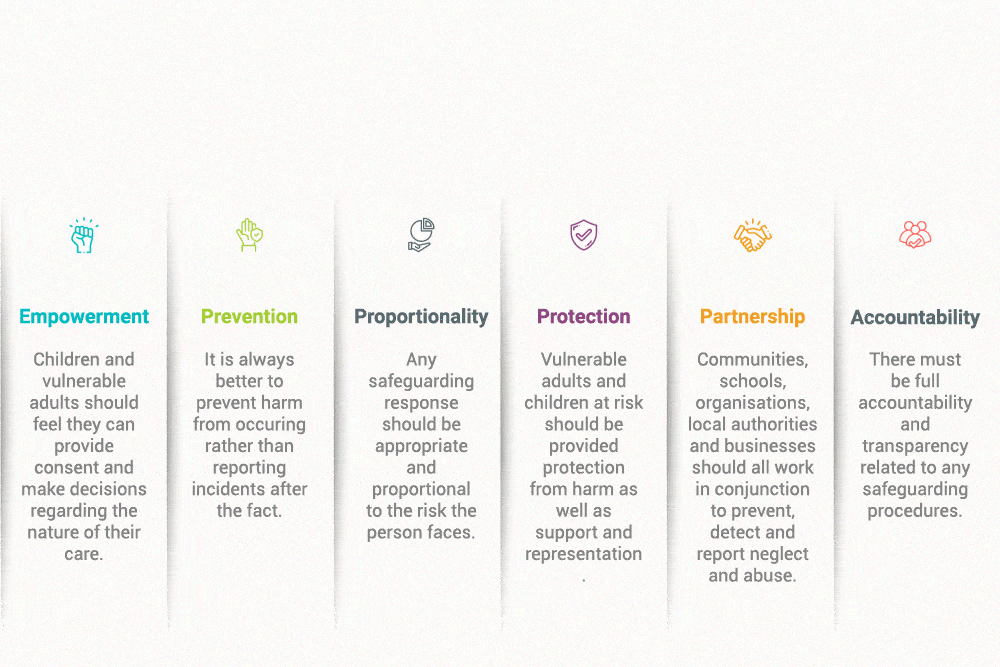
Reasons to Do Safeguarding Well
- Abuse and harassment can happen to anyone in any environment.
- There is an ethical and legal duty to prevent and address any instance of abuse, harm and neglect.
- Safeguarding protects vulnerable people and enables them to live free from abuse, harm,and neglect.
- Effective safeguarding builds trust and ensures everyone in an organisation feels safe.
- When everyone knows what is acceptable and what isn’t, unintended harm is less likely, and abuse is easier to identify.
What is Safeguarding in Adults & Children
Many organisations and businesses have one set of safeguarding policies for both adults and children. However, when considering safeguarding procedures, it is important to have a separate set of techniques for adults and children, as both groups face different issues and have different needs.
Terms and definitions, legislation and procedures for reporting and handling cases of abuse are also different for adults and children.
Developing separate policies and procedures for safeguarding adults and safeguarding children can help an organisation to better meet its duty of care obligations. A clear delineation between the two types of safeguarding will also ensure that staff know exactly how to provide services safely and how to report any instances of abuse properly.
Safeguarding in Adults
Any person who is over the age of 18 and cannot adequately take care of themselves or protect themselves from considerable harm or exploitation is defined as a vulnerable adult.
Safeguarding procedures are designed to help vulnerable adults maintain their safety and dignity and prevent them from experiencing harm or neglect. Safeguarding duties and responsibilities for adults are detailed under the Care Act 2014.
The Care Act 2014 provides guidelines on how local authorities can provide safeguarding procedures for adults in the UK. The aim of the Care Act 2014 was to simplify and clarify previous legislation and ensure that a person’s individual opinions, requests, emotions and beliefs be taken into account when implementing any type of safeguarding action.
This person-led approach is also known as Making Safeguarding Personal (MSP). MSP was developed by the Local Government Association (LGA) and the Association of Directors of Adult Social Care (ADASS).
MSP places a focus on achieving outcomes that are beneficial for the individual in question rather than simply applying procedures to meet bureaucratic guidelines. The intention of MSP is to provide a better standard of care using a personalised approach that gives vulnerable people a measure of control over the safeguarding process.
Safeguarding adults can often be more complex. Unlike children, adults have the right to self-determination. This means that an adult may choose not to protect themselves against harm, and legal proceedings may be necessary to apply measures to provide this protection.
Aims of Safeguarding
In general, the aims of adult safeguarding are:
- To prevent or reduce the risk of harm, abuse or neglect to a vulnerable person
- To stop harm, abuse or neglect from occurring to a vulnerable person
- To allow vulnerable adults to make choices about and to have control over their lives
- To improve the well-being of the person in question
- To raise public awareness of issues surrounding adult abuse and neglect
- To provide information and support so people can recognise cases of potential abuse or neglect
- To inform people about how to stay safe and how to report suspected adult abuse cases
What is Adult Abuse?
Abuse can be described as any violation of a person’s human and civil rights by any other person or group.
There are ten types of adult abuse as defined under the Care Act 2014:
Self-neglect – This refers to when a person is unable to care for their own hygiene, health or surroundings.
Modern slavery – This term encompasses slavery, sexual exploitation, debt bondage, forced labour, human trafficking and domestic servitude.
Domestic abuse – Any psychological, physical, sexual, financial or emotional abuse between persons aged 16 or over who are or have been intimate partners or family members.
Discriminatory abuse – Unfair or unequal treatment based solely on a person’s race, religion, age, disability, gender, marital status, beliefs, sexual orientation or other ‘protected characteristics’ listed under the Equality Act 2010.
Organisational or institutional abuse – Neglect and poor care within an institution or specific care setting. The abuse may occur in a hospital or care home or in one’s own residence. It may be a sole incident or a series of incidents. Inadequate safeguarding policies and procedures are often the cause of organisational abuse cases.
Physical abuse – This definition covers any type of physical harm, such as hitting, slapping, pushing, kicking and so on. Physical abuse can also include unauthorised restraint, misuse of medication, involuntary isolation, force-feeding or withholding food, and deliberately making a person’s environment uncomfortable.
Sexual abuse – Sexual abuse encompasses rape, sexual assault or sexual acts to which an adult did not give their consent or was pressured into participating. This includes acts such as indecent exposure, sexual harassment, inappropriate teasing, innuendo, looking or touching, as well as being subjected to pornography or being made to witness sexual acts.
Financial or material abuse – Any type of theft, fraud or coercive behaviour in relation to an adult person’s financial affairs or arrangements. This definition includes internet scams, changes to wills or inheritances and the misuse or misappropriation of benefits, property, or possessions.
Neglect and acts of omission – Any act where a person’s medical or physical needs are ignored or where a carer has failed to provide access to social or health care, educational services or life necessities such as heating, medication or nutrition.
Emotional or psychological abuse – This definition includes threats of harm, threats of abandonment, intimidation, bullying, humiliating behaviour, verbal abuse, harassment, coercion and being isolated from services or support networks.
There are also other types of adult abuse that are not currently covered under legislation, such as:
- Cyberbullying
- Radicalisation
- Forced marriages
- Mate crimes
What is a Vulnerable Adult?
Adults at risk are defined under section 42 of the Care Act 2014 as anyone in need of care and support, persons who are experiencing or are at risk of abuse or neglect, or any person who is unable to protect themselves against abuse or neglect or the risk of abuse or neglect.
Examples of adults who may be vulnerable and at risk of abuse or neglect include:
- Elderly people
- Carers
- People who have serious illnesses or diseases
- People who are physically disabled
- People who have cognitive impairments
- People with physical disabilities or sensory impairments
- People with long-term health conditions
- Alcoholics or drug addicts
- People with reduced mental capacity
- People who have learning disabilities
- People who are experiencing extreme poverty
- People who have undergone severe trauma
Safeguarding in Children
Safeguarding is particularly important for children as they are especially vulnerable to abuse, exploitation and neglect. In the UK, a child is defined legally as any person under the age of 18.
Safeguarding children is defined in the UK as ‘the process of protecting children from abuse or neglect, preventing impairment of their health and development, and ensuring they are growing up in circumstances consistent with the provision of safe and effective care that enables children to have optimum life chances and enter adulthood successfully.’
In 2006, the UK government released the document ‘Working Together to Safeguard Children’. This publication contains guidelines designed to enhance the ability of organisations and individuals to keep children safe and ensure their wellbeing.
There are four main areas of safeguarding for children:
- Children should be protected from maltreatment and abuse
- Children should be kept safe from any harm to their health or development
- Children should be provided with safe and effective care
- Children should be afforded opportunities to attain the best outcomes for their development
Any person who works with children or has children under their care has a responsibility to protect them from harm. This also includes being aware of any signs of abuse, being attentive to any reports of abuse and taking appropriate action if neglect or abuse is suspected. The responsibilities of persons who have a duty of care for children are outlined under sections 10 and 11 of the Children Act 2004.
What is Child Abuse?
Child abuse is defined as any act where a child experiences intentional harm caused by an adult or another child. The definition also covers situations where a child experiences harm due to neglect. Although exact statistics on child abuse cases in the UK are difficult to ascertain, approximately 227,530 child abuse offences were recorded by UK police in 2019, as reported by the CSEW.
The definition of child abuse includes acts such as:
- Domestic abuse
- Emotional abuse
- Neglect
- Physical abuse
- Bullying and cyberbullying
- Child sexual exploitation
- Child trafficking
- Criminal exploitation
Child at Risk Definition
A child at risk is defined as any child that is currently experiencing or may experience neglect, abuse or any form of harm and thus has a need for care or support. The term ‘at risk’ denotes any situation where action needs to be taken to prevent abuse, harm or neglect from occurring or from continuing to occur.
Differences Between Safeguarding Children and Adults
There are key differences in the way safeguarding is approached for children and adults due to their different needs, legal protections and levels of autonomy. The following table gives an overview of these differences.
| Children | Adults | |
| Primary Legislation | ||
|---|---|---|
| The Children Act 1989 and the Children Act 2004. These laws emphasise the importance of protecting children from harm, ensuring their welfare and supporting their development. | The Care Act 2014 provides a framework for protecting adults at risk of harm. Unlike safeguarding for children, the Care Act prioritises the autonomy of adults. | |
| Autonomy and Consent | ||
| Children are generally considered unable to make fully informed decisions about their safety and well-being. Professionals and caregivers are required to act in the best interests of the child, sometimes overriding the child’s wishes. Key guidelines like Working Together to Safeguard Children provide detailed instructions for professionals. | Adults have the right to make their own choices, even if these choices expose them to potential harm, as outlined in the Making Safeguarding Personal approach. | |
| Types of Abuse | ||
| Safeguarding for children often focuses on preventing and addressing abuse types such as neglect, bullying, child sexual exploitation and criminal exploitation. Children are particularly vulnerable to harm from adults and peers, making early intervention crucial. | Safeguarding for adults encompasses a broader range of issues, including self-neglect, financial abuse, domestic abuse and modern slavery. These types of abuse are often tied to the adult’s unique circumstances, such as health conditions, disabilities or dependency on caregivers. | |
| Risk Factors | ||
| Children’s dependency and limited life experience make them inherently more vulnerable to abuse. Risk factors include family dynamics, poverty or exposure to substance abuse. | Risk factors for adults often involve physical or mental impairments, social isolation or financial dependency. | |
| Responsibilities of Professionals | ||
| Professionals working with children have a clear duty to report concerns to child protection services. A focus is placed on fostering a safe environment for growth and development. | Safeguarding adults involves collaboration with the individual to ensure their well-being while respecting their autonomy. Professionals are guided by the principles of empowerment, prevention and proportionality. | |
| Safeguarding Processes | ||
| Child safeguarding processes are often urgent, with a focus on immediate protection. Multi-agency collaborations, such as child protection conferences, are integral to ensuring the child’s safety. | Safeguarding adults may involve a more nuanced approach, including case-by-case assessments and balancing the adult’s right to self-determination with their need for protection. |
Reasons to Think About Safeguarding Adults and Children Differently
- Adults and children face different risks, so they require different interventions.
- The legal protections and frameworks for children and adults differ significantly.
- Adults can refuse protection, unlike children, who can’t make informed decisions.
- While there’s a legal duty to safeguard both children and vulnerable adults, adult needs aren’t as widely recognised.
- Adults’ situations often involve complex factors like coercion.
Conclusion
It is an unfortunate fact that often, the most vulnerable among us are the ones who are exploited or abused. It is both a moral and a legal duty to do everything in our power to prevent this from happening. Anyone whose role involves contact with those with care or support needs must understand potential types of abuse, the signs that they are occurring and what to do if they are.
Human Focus offers approved Safeguarding training to provide staff with tools to do exactly this. Click here to find out how you can begin earning your own certificate today.































































































































































































































































































































































